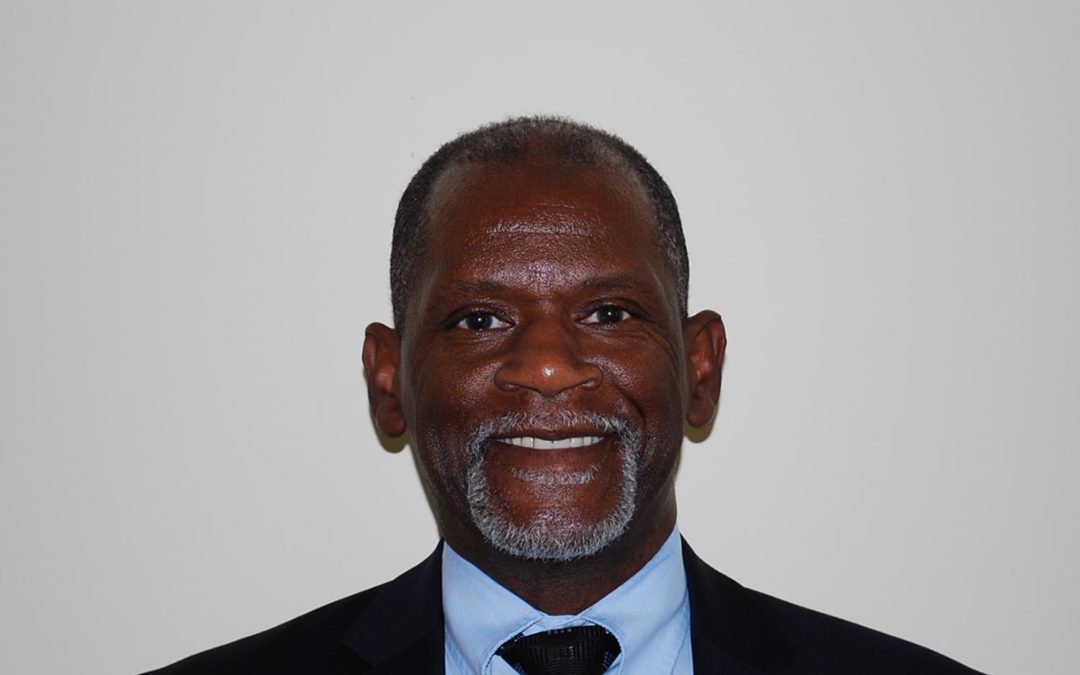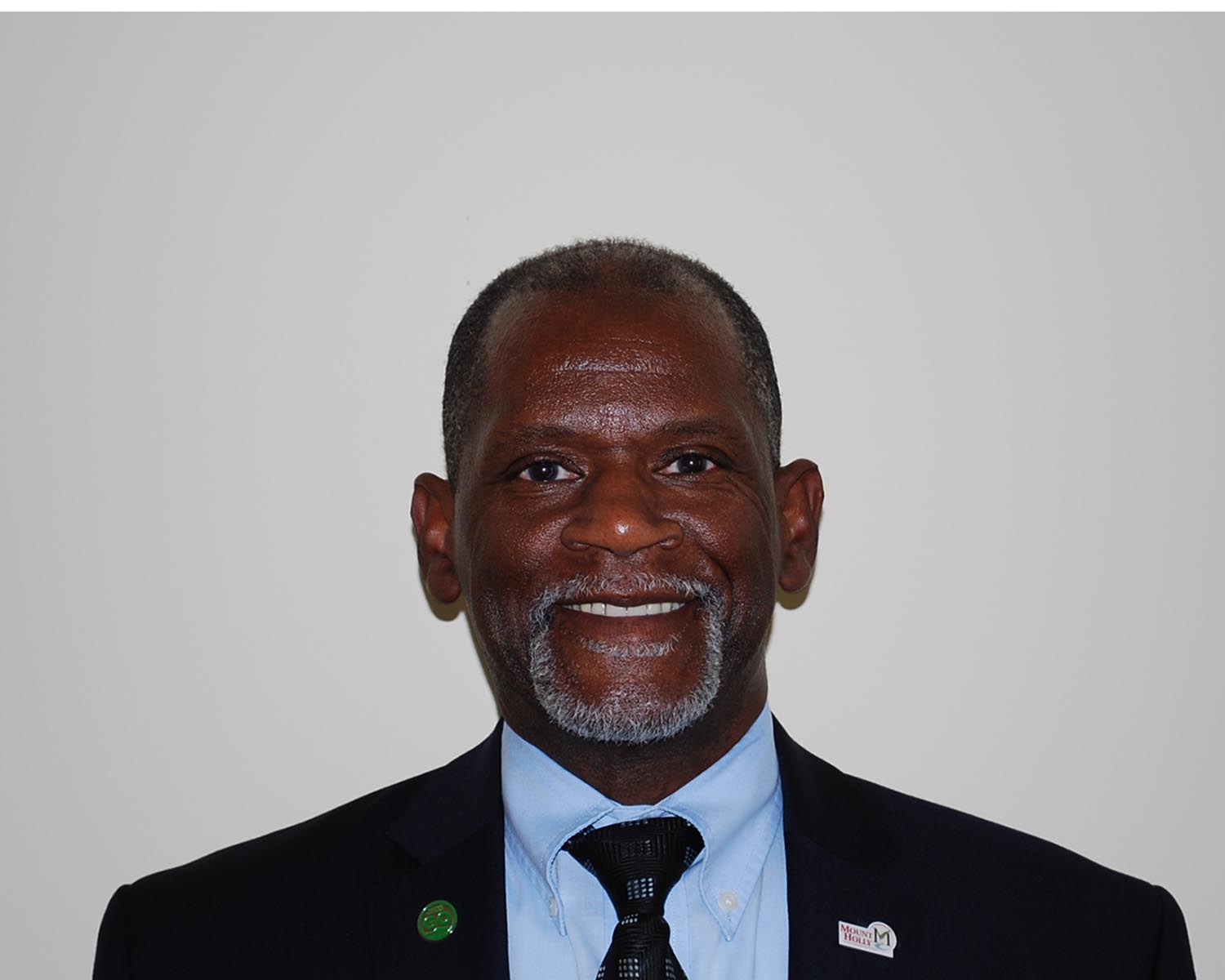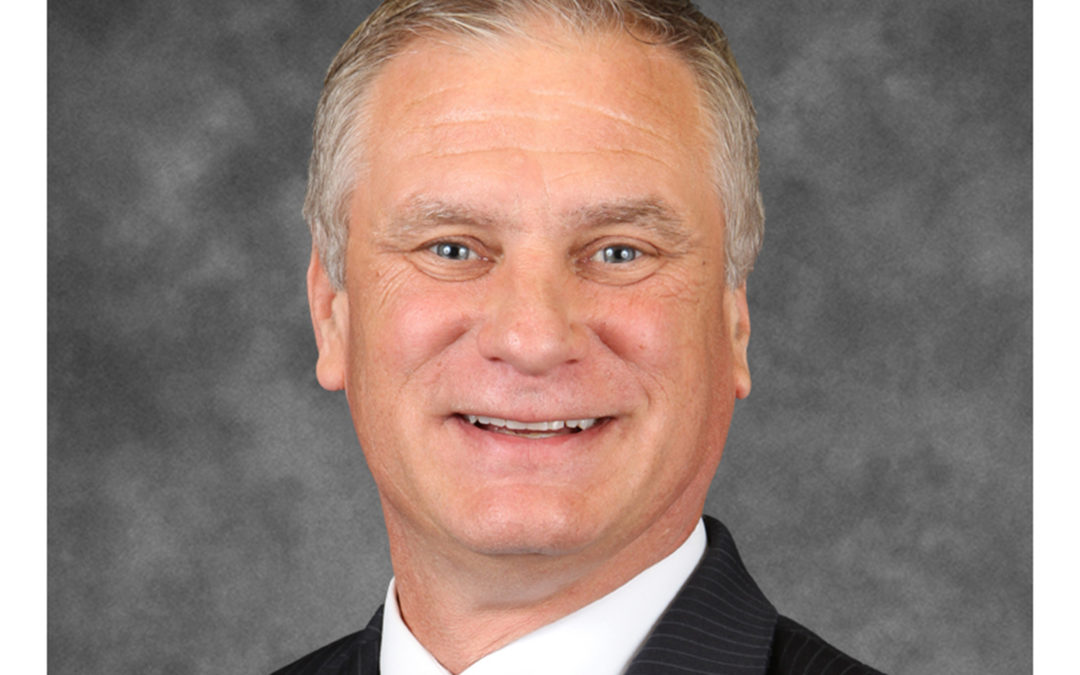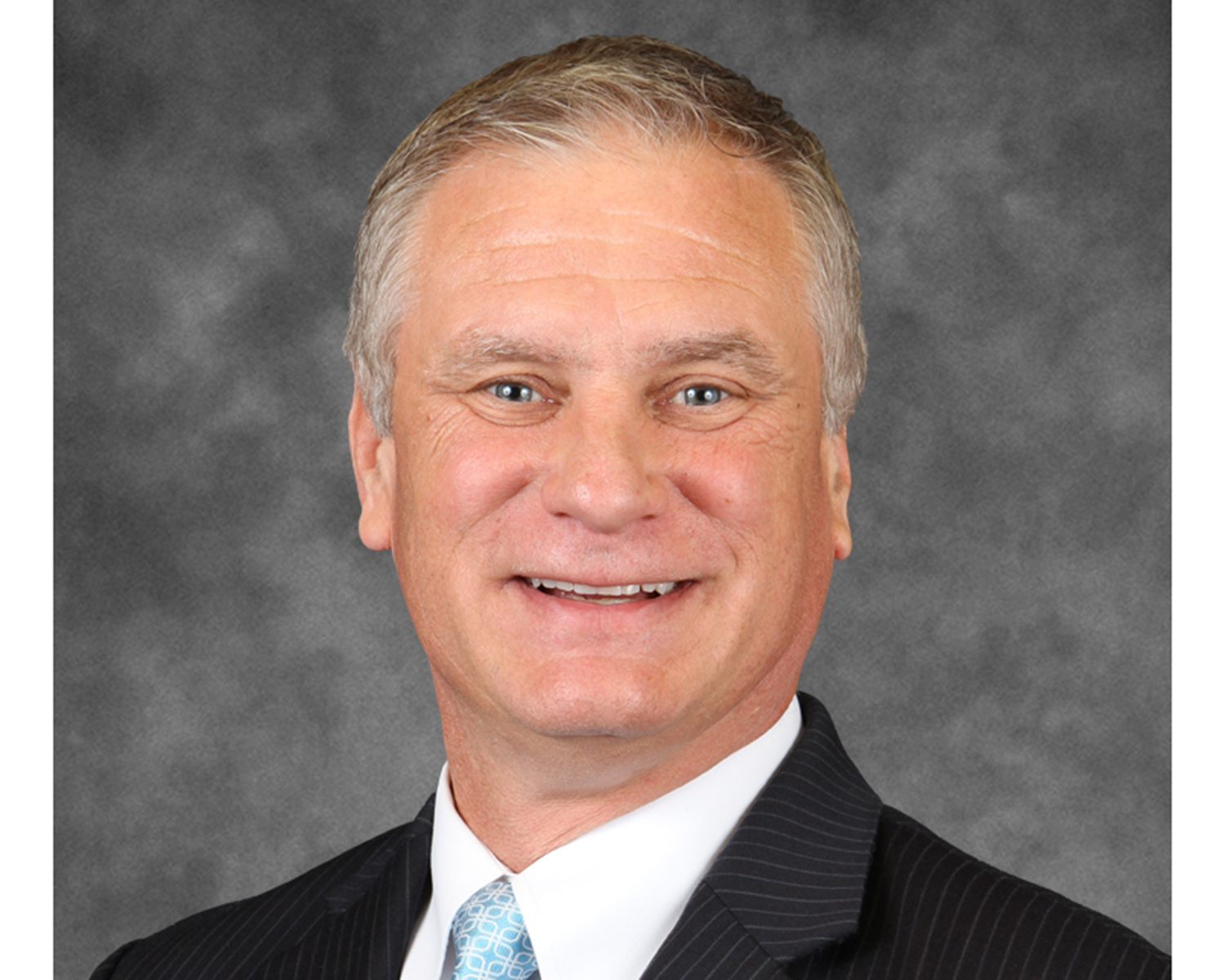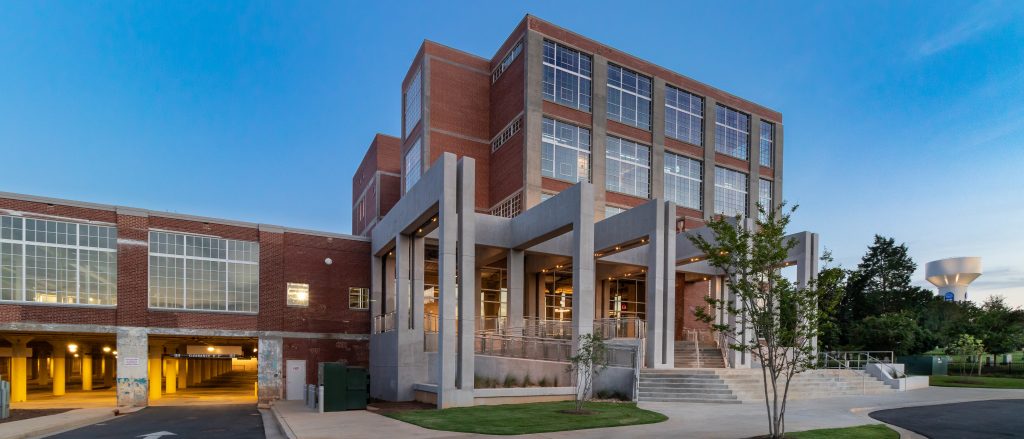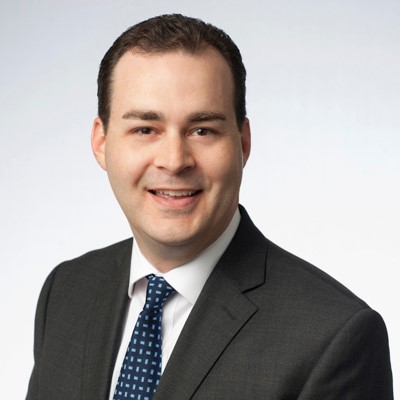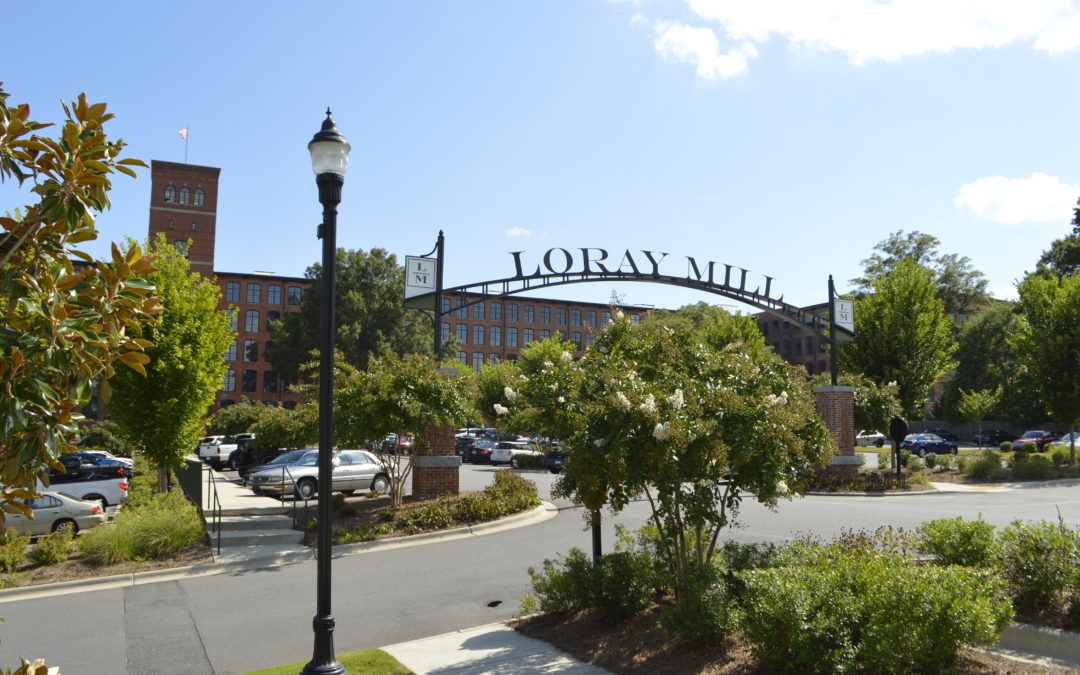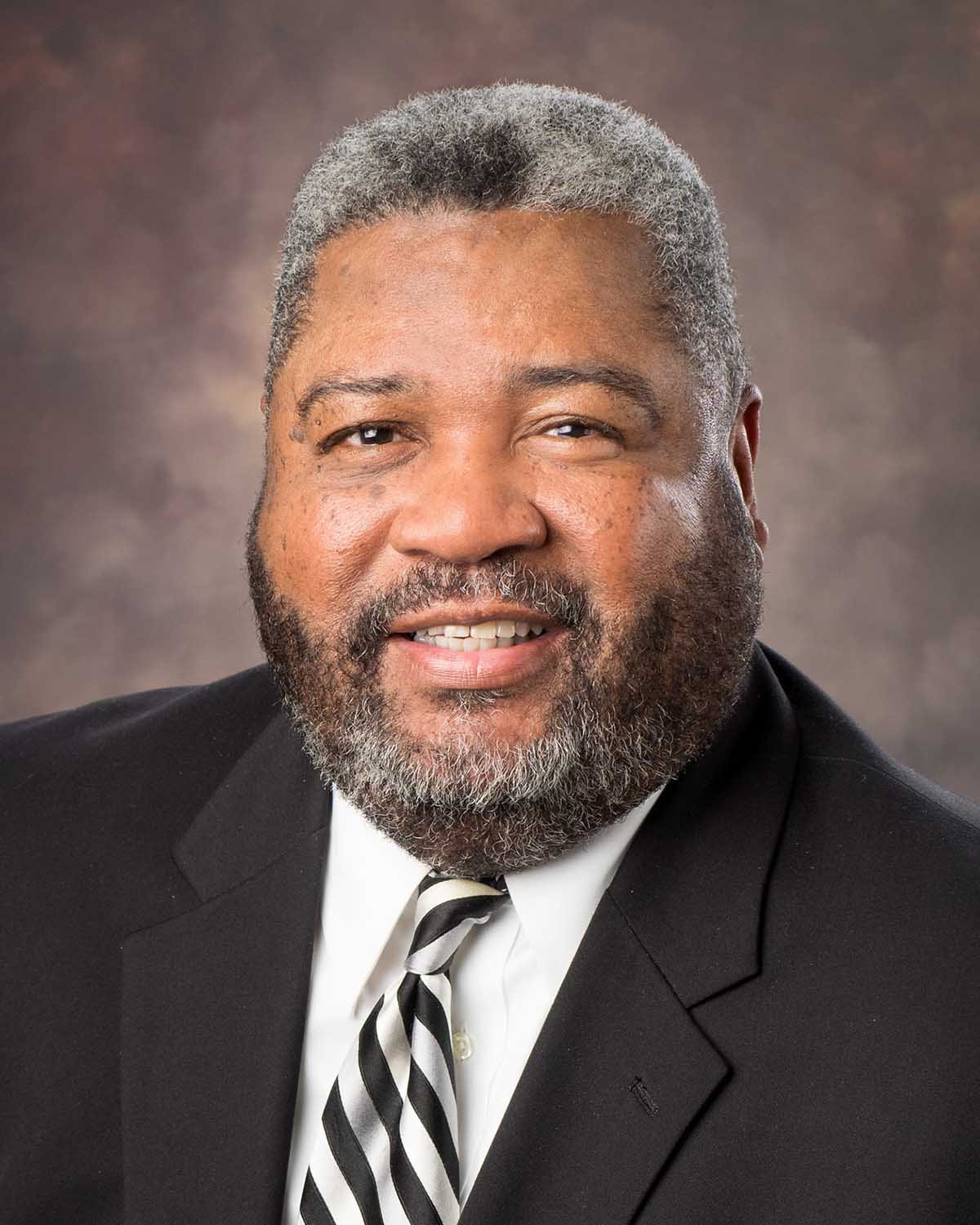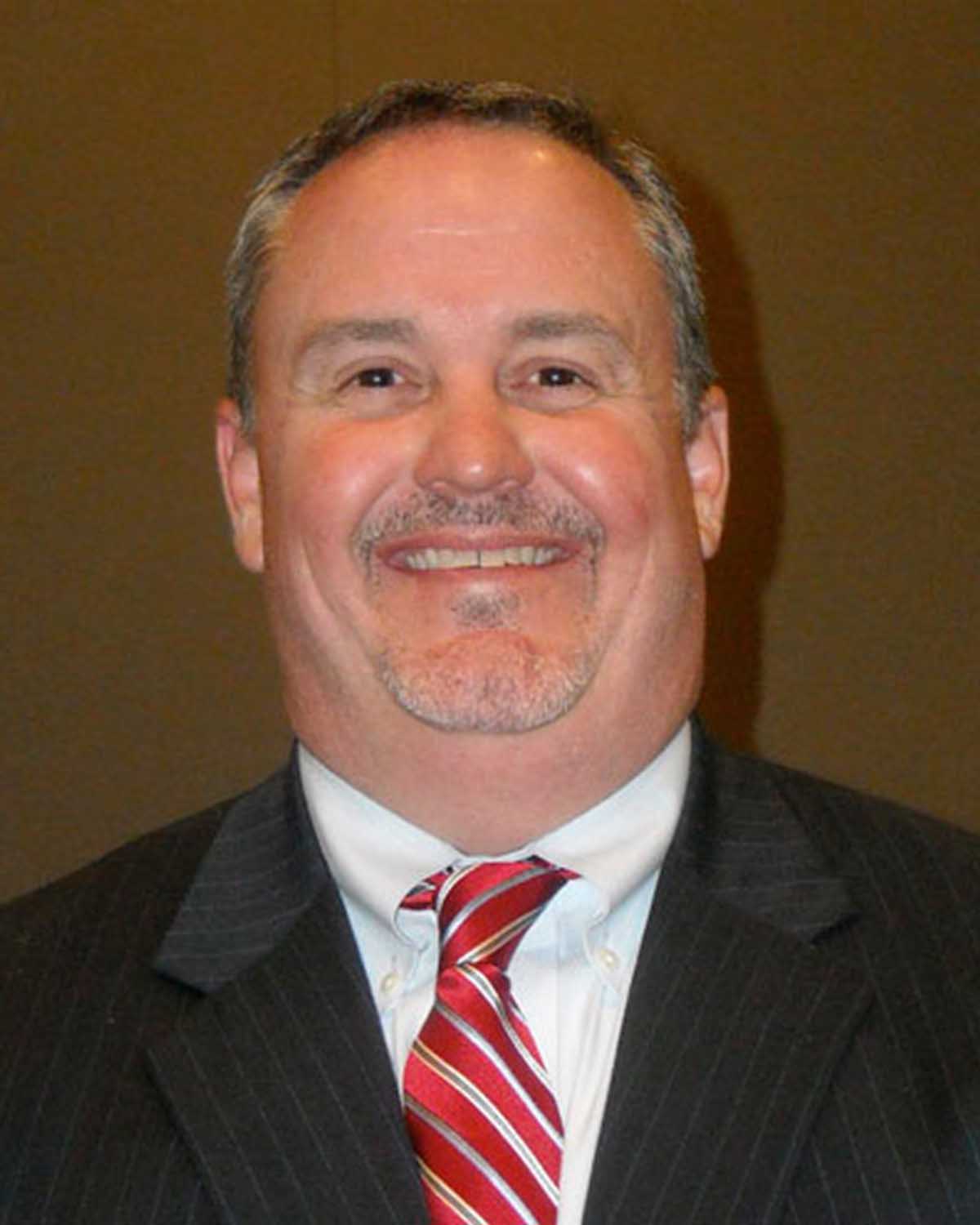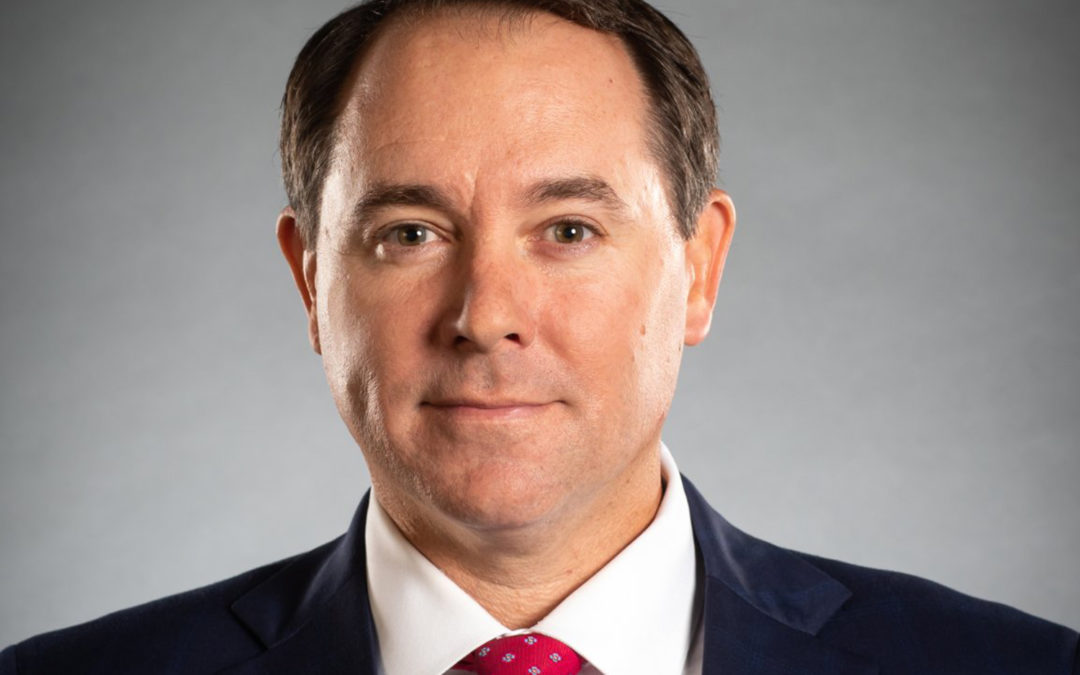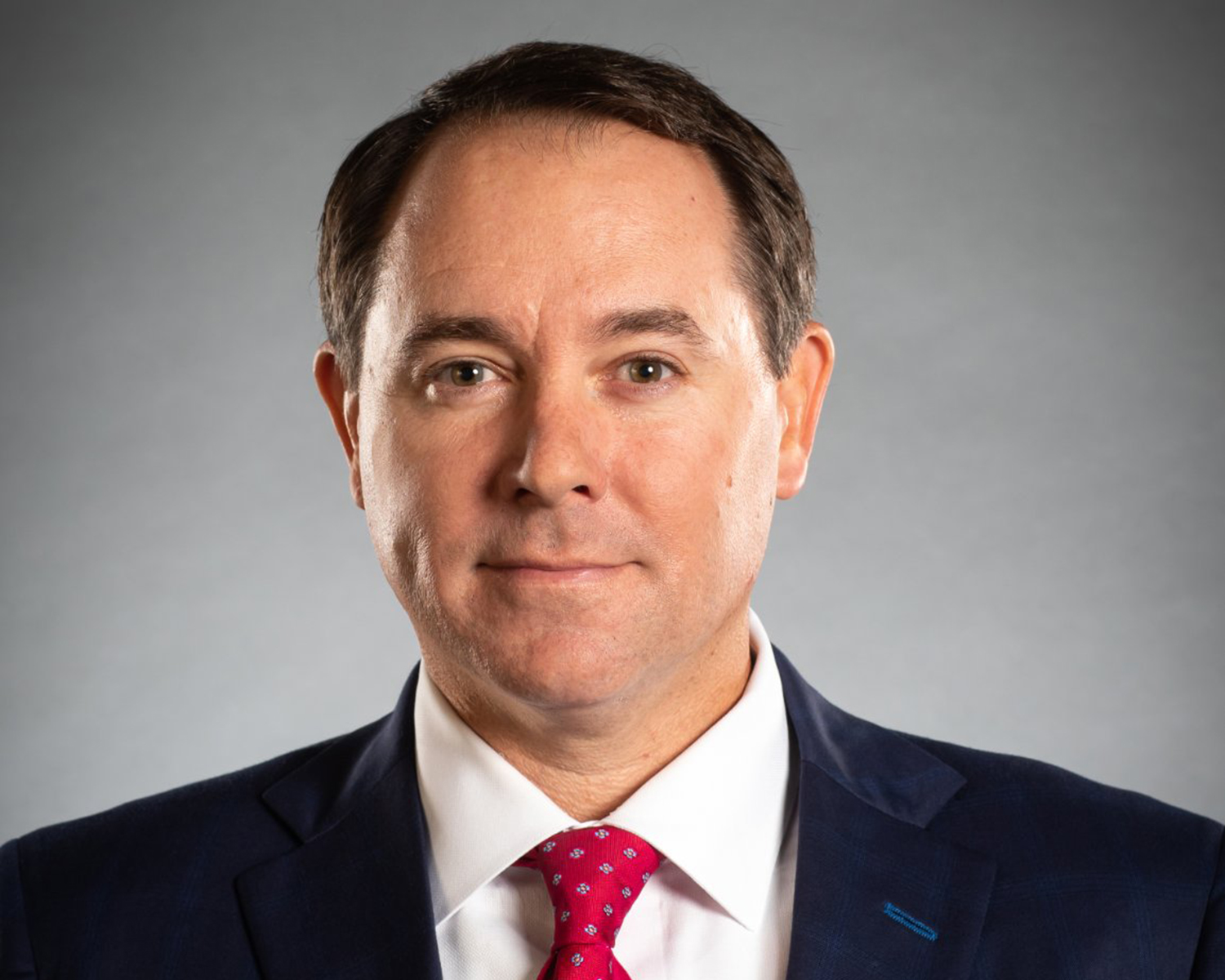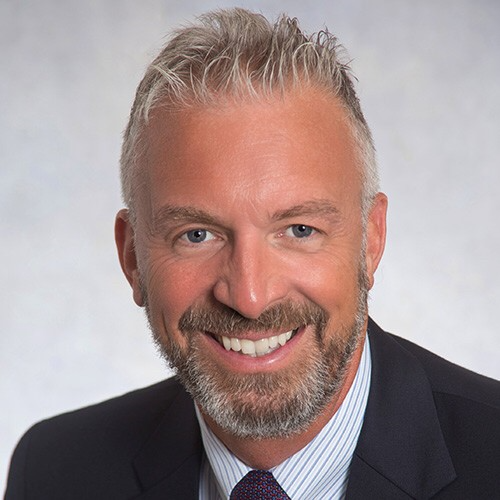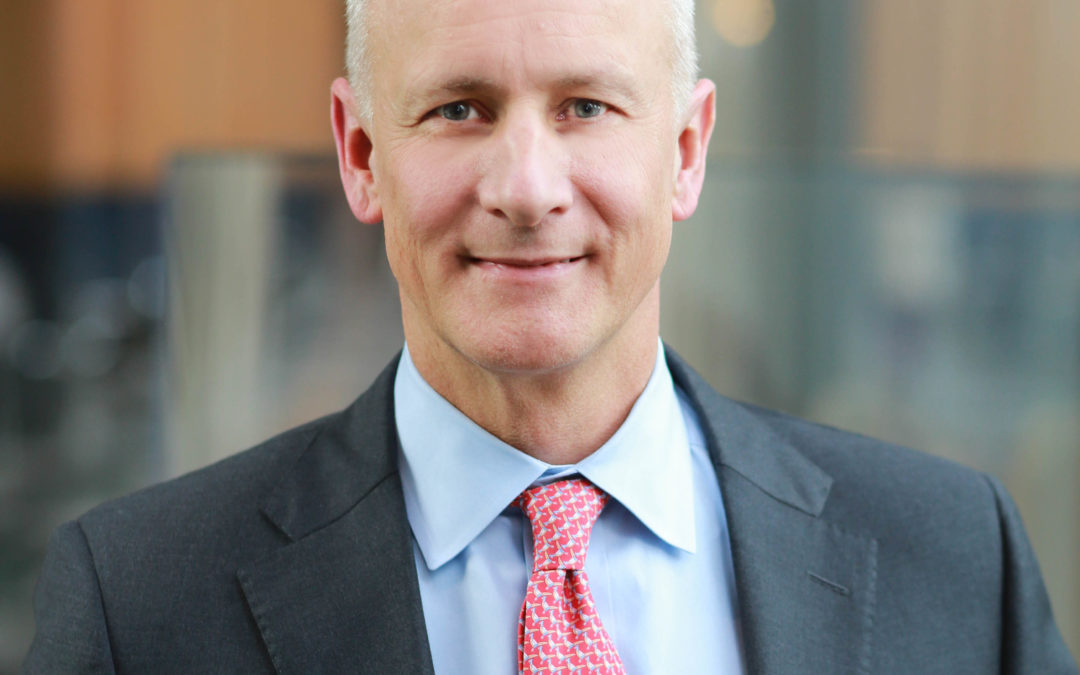
Spotlight On: Tom Mitchell, Managing Partner, Moore & Van Allen
By: Felipe Rivas
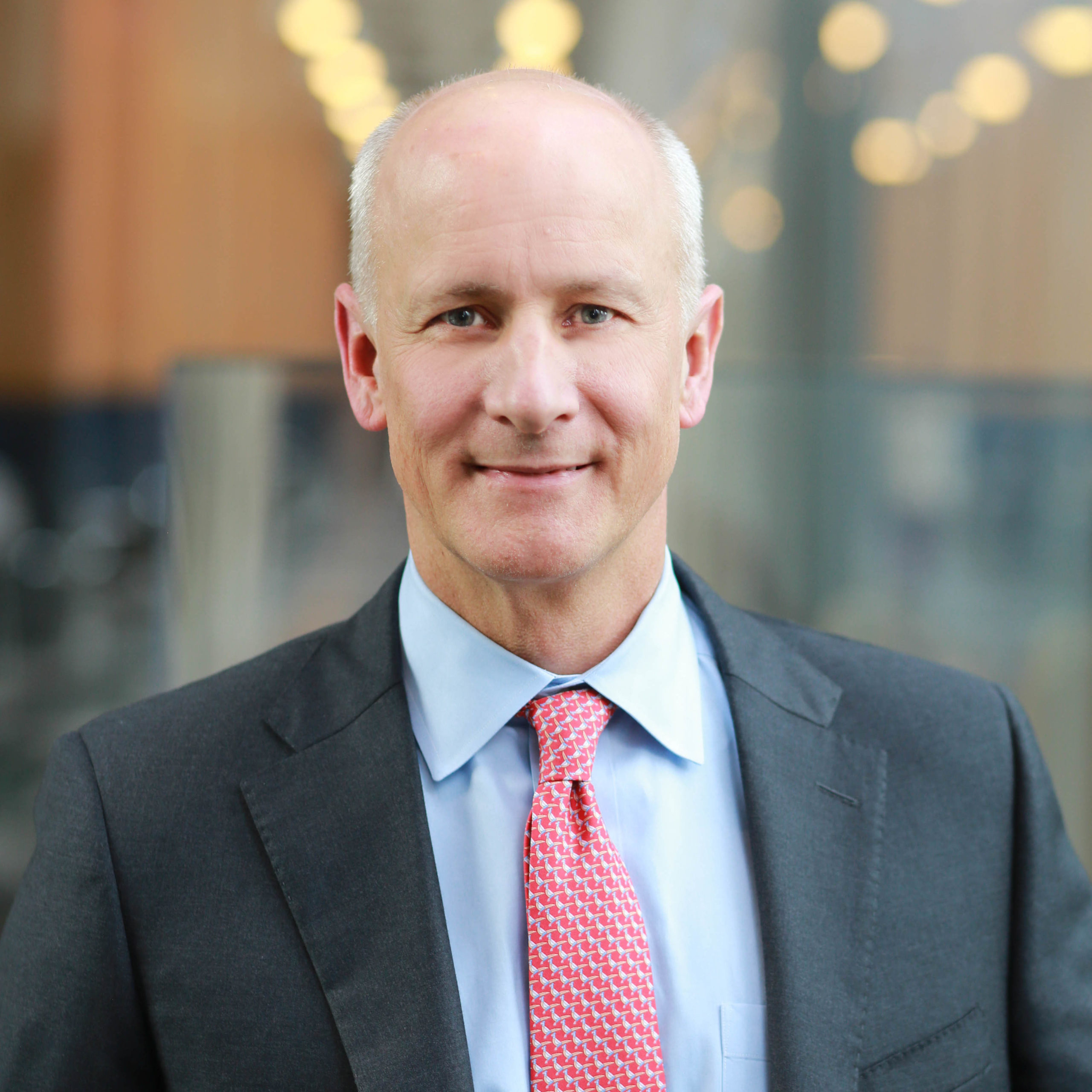
2 min read February 2020 — Diversity encapsulates the evolution of Charlotte’s legal sector. Diversity in legal practices and attorneys are a direct result of the growth the region is experiencing. Large, national firms like Moore & Van Allen have benefited from the diversification of the local economy and talent coming to the Charlotte region. From a revenue standpoint, 2019 was a record year for the firm, Managing Partner Tom Mitchell told Invest: Charlotte. The firm encourages pro bono practice as a way to give back to the Charlotte community and provide young lawyers valuable experience, he said.
What were some highlights for the firm in 2019?
2019 was another record-setting year from a revenue standpoint for Moore & Van Allen. We are an AmLaw 150 law firm, which means we are one of the Top 150 law firms in the country based on revenue. Our business expanded in many of our core areas, such as finance, mergers and acquisitions, private equity, intellectual property and regulatory and investigations. As the business grows, we continue to hire attorneys to help us service our clients efficiently. We have approximately 325 lawyers, most of them based in Charlotte. We also offer strong contributions in the public service and pro bono arena. For example, we worked on the merger of the Men’s Shelter of Charlotte and Urban Ministry Center last year. We are very proud of this work and can already see the benefits the merger brings to our community.
How have the legal needs of businesses evolved in the last few years?
Charlotte has always been a strong banking center. At Moore & Van Allen, our finance group has been one of our largest practice groups for many years. Recently, with the amount of large companies moving their headquarters to Charlotte, corporate and transactional legal practices in the region have become more diverse. For example, with more technology companies in Charlotte creating jobs in the region, legal practices such as intellectual property, data security and privacy continue to expand. The relocation of large companies to Charlotte has had a significant impact on the legal sector here.
How is Moore & Van Allen shaping the next generation of legal talent?
Charlotte offers a competitive and unique quality of life. The sophistication of our legal practices allows us to recruit top talent locally and nationally. We showcase Charlotte as a great place to live and work. With our depth and sophistication in over 20 practice areas, we can provide opportunities early on to our newer attorneys, allowing them to develop their practice and skills more quickly than they might in other cities.
Also, we have been intentional in our efforts to emphasize diversity at Moore & Van Allen. For example, we host a diversity conference each year for first-year law students where we expose them to the practice of law. We also have a strong mentoring program, which contributes greatly to sustaining the pipeline of talent necessary to maintain a diverse workforce and client base for our firm.
How can law firms be more involved in their communities?
At Moore & Van Allen, we are committed to charitable, bar, civic and pro bono service and encourage our attorneys to give back to the community. We have a very active public service committee that identifies, coordinates and facilities public service opportunities for our attorneys, including in such areas as housing rights, assistance with estate planning, and human trafficking prevention, among others. These opportunities also provide great training for our young lawyers. As a result, not only are our lawyers helping someone in need, they are gaining valuable experience as a litigator or transactional lawyer whether in the courtroom or otherwise. Most importantly, our attorneys and staff uphold the legacy of service and corporate social responsibility that Moore & Van Allen is incredibly proud of.
To learn more about our interviewees, visit: http://www.mvalaw.com/


